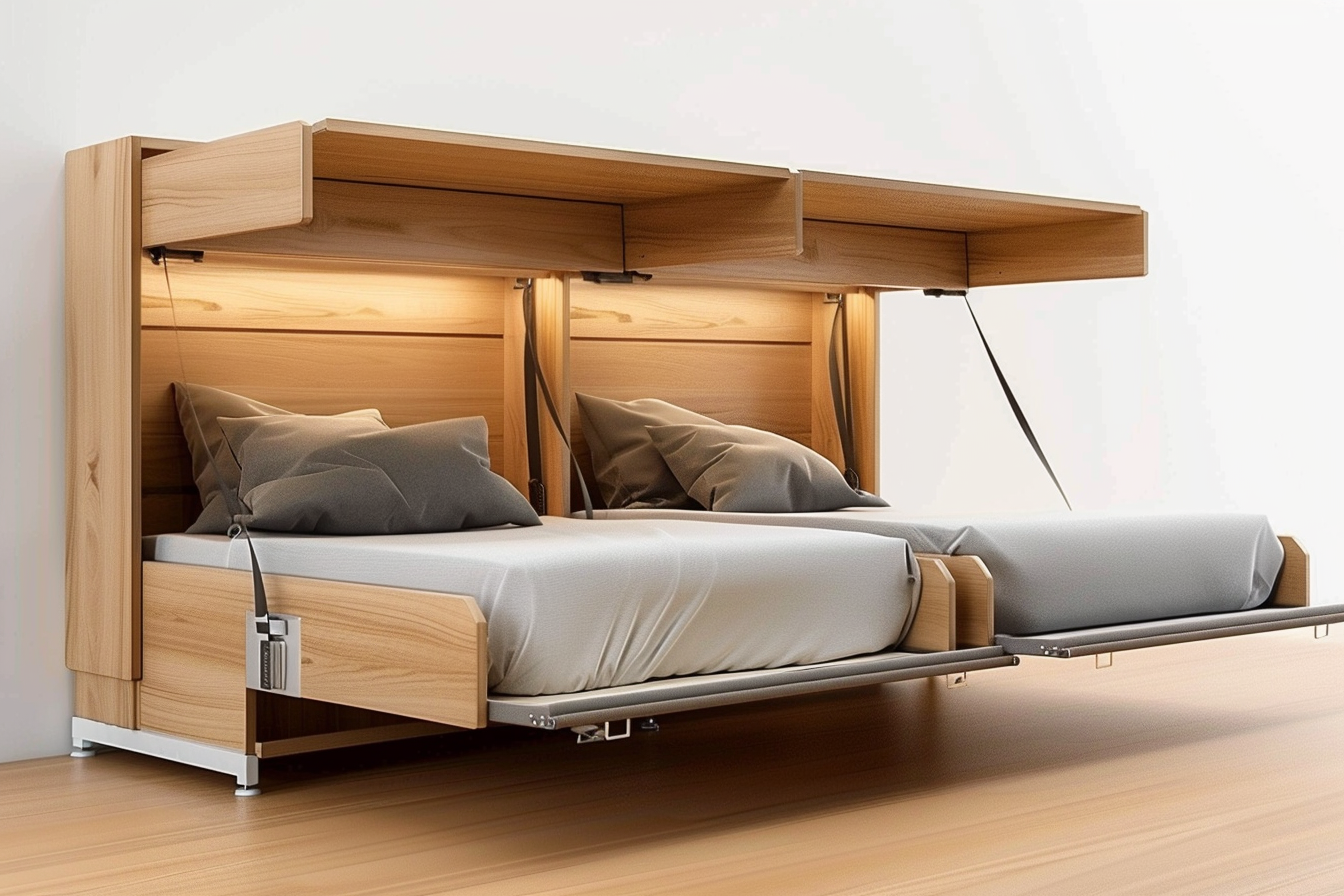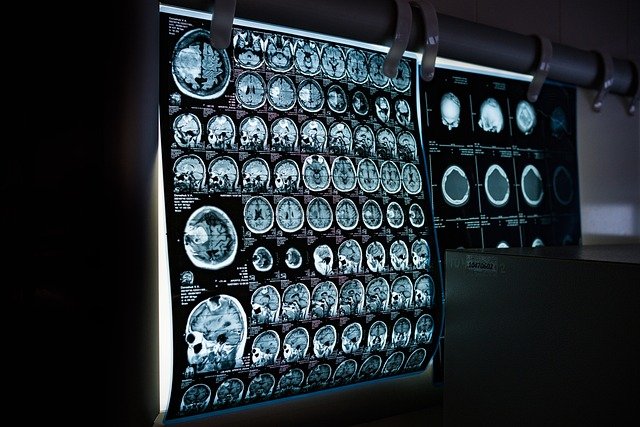Modern Senior Living Apartments Designed for Everyday Comfort
Senior living options are expanding with updated two-bedroom layouts that support privacy flexibility and ease of use. These apartment models reflect changing needs while helping residents enjoy a balanced lifestyle in a comfortable and practical setting.

What Makes Updated Two Bedroom Senior Apartment Layouts Special?
Updated two bedroom senior apartment layouts represent a significant shift from traditional senior housing models. These modern designs typically feature open floor plans that eliminate unnecessary barriers while maintaining distinct living zones. The primary bedroom often includes walk-in closets with adjustable shelving and easy-access storage solutions. The second bedroom serves multiple purposes – functioning as a guest room, home office, or hobby space depending on individual needs.
Modern layouts incorporate wider doorways, lever-style door handles, and strategic placement of electrical outlets at accessible heights. Kitchens feature lower countertops in key areas, pull-out drawers instead of deep cabinets, and slip-resistant flooring. Bathrooms include walk-in showers with grab bars, comfort-height toilets, and vanities designed for both seated and standing use.
How Do Practical Designs Address Senior Housing Needs?
Practical designs for senior housing needs focus on reducing daily challenges while enhancing quality of life. Flooring choices emphasize safety and comfort, with luxury vinyl planks and low-pile carpeting that minimize trip hazards. Lighting systems incorporate motion sensors and dimmer switches, ensuring adequate illumination without harsh glare.
Storage solutions are strategically placed throughout the apartment, with particular attention to frequently used items. Closets feature adjustable components that can be modified as mobility needs change. Kitchen pantries include pull-out shelves and lazy Susans for easy access to stored goods. These design elements work together to create environments where residents can maintain their independence longer.
Exploring Modern Senior Living Arrangements
Modern senior living arrangements extend beyond apartment design to encompass entire lifestyle approaches. Many communities now offer flexible lease terms and customizable living spaces that can be modified as needs evolve. Some facilities provide apartment combinations, allowing couples to maintain separate spaces while staying connected.
Technology integration has become a cornerstone of contemporary senior living. Smart home features include voice-activated controls, emergency response systems, and automated climate control. Many apartments come pre-wired for high-speed internet and include tech support services to help residents stay connected with family and friends.
Creating Flexible Space for Daily Living and Rest
Flexible space for daily living and rest is achieved through multi-functional furniture and adaptable room layouts. Murphy beds or day beds in the second bedroom allow the space to serve as both sleeping quarters and activity areas. Built-in seating with storage creates comfortable gathering spots while maximizing space efficiency.
Living areas are designed with clear pathways and furniture arrangements that accommodate mobility aids when needed. Many apartments feature covered balconies or patios that extend living space outdoors, providing areas for relaxation and light gardening activities. These outdoor spaces often include weather protection and easy-care surfaces.
How Senior Apartments Support Lifestyle Changes
Senior apartments support lifestyle changes through adaptable design features and community services. As residents’ needs evolve, apartments can be modified with additional grab bars, improved lighting, or assistive technology. Many communities offer on-site healthcare services, eliminating the need for frequent medical appointments outside the facility.
Social spaces within apartment buildings encourage community interaction while respecting individual privacy. Common areas include libraries, fitness centers, and multi-purpose rooms that can be reserved for private gatherings. These amenities help residents maintain active social lives while having the option to retreat to their private apartments when desired.
Modern senior living communities also provide lifestyle transition support through counseling services, activity programs, and peer support groups. This comprehensive approach helps residents adjust to their new living arrangements while maintaining their sense of identity and independence.
Conclusion
Modern senior living apartments represent a thoughtful evolution in age-friendly housing design. By combining updated two bedroom layouts with practical design elements, these communities create environments that support both current needs and future changes. The focus on flexible spaces, safety features, and community integration ensures that residents can enjoy comfortable, independent living while having access to support services when needed. These innovative housing solutions demonstrate that senior living can be both dignified and enjoyable, providing a foundation for active, fulfilling lifestyles in later years.




